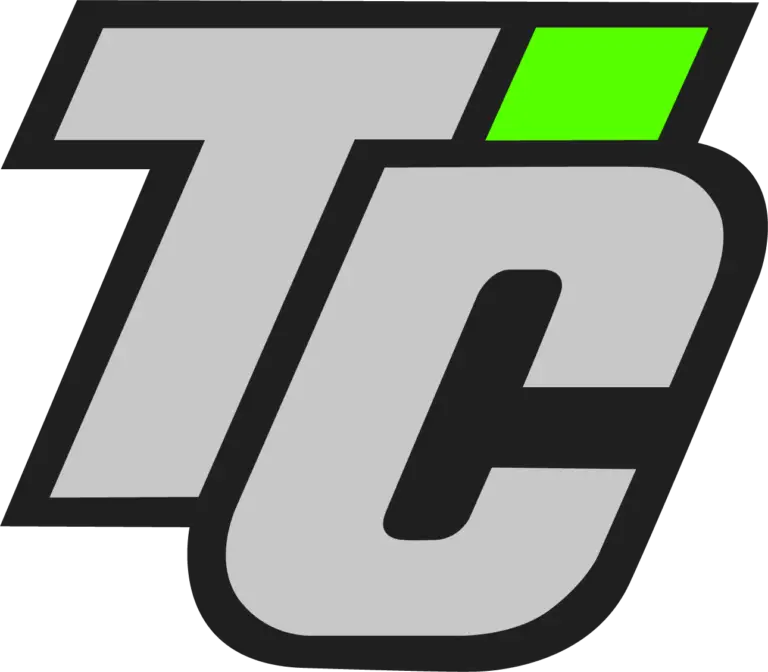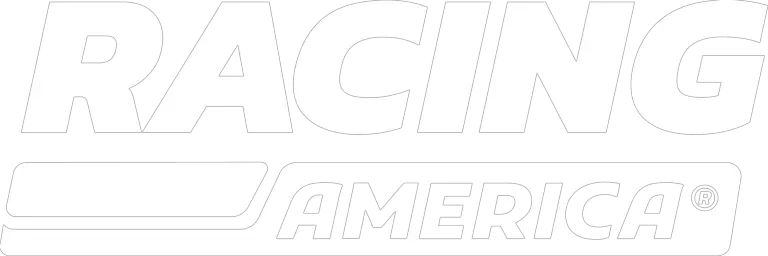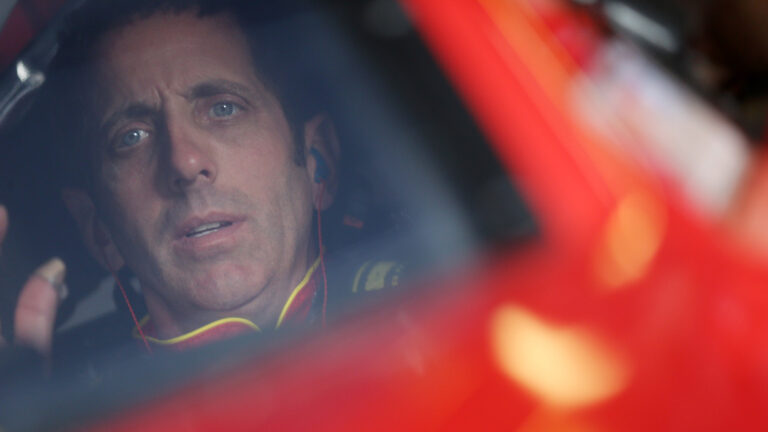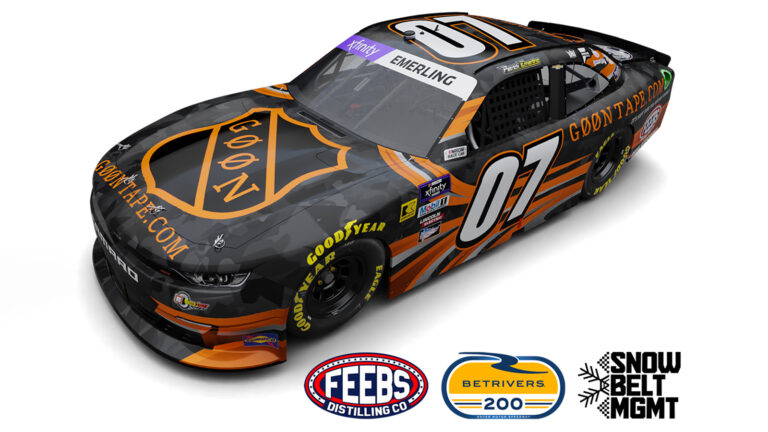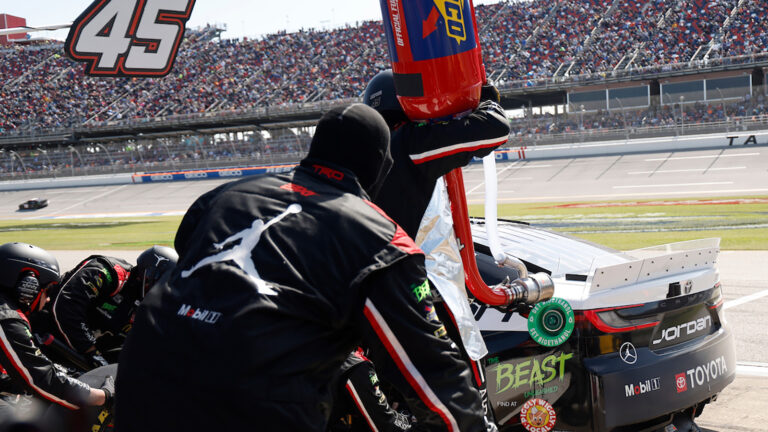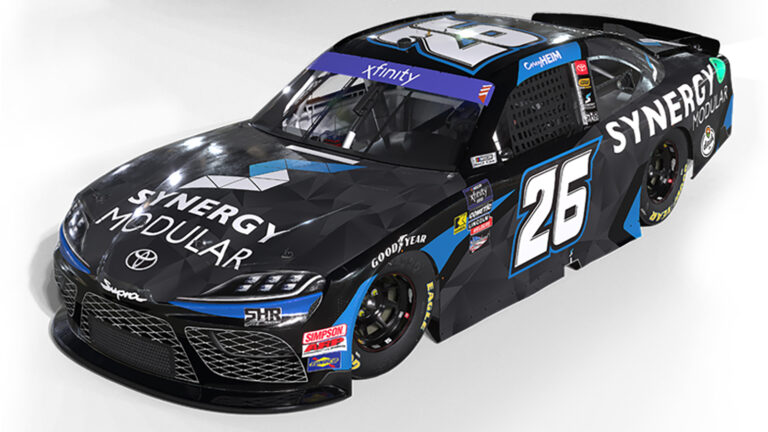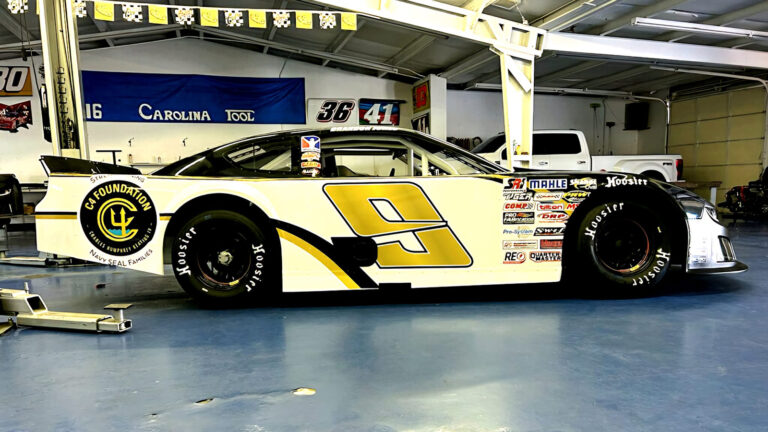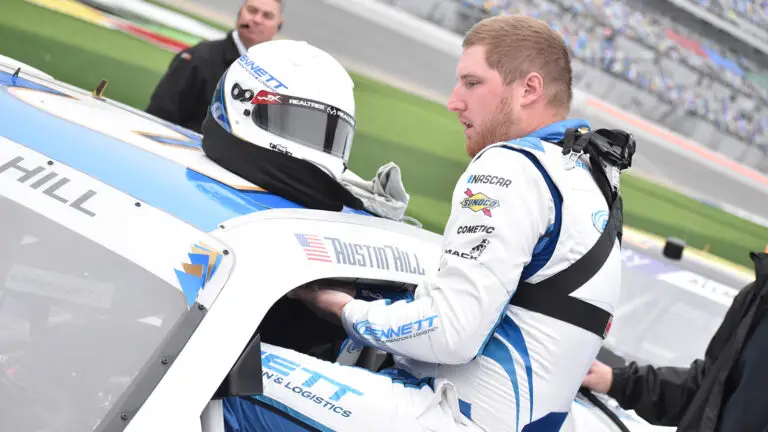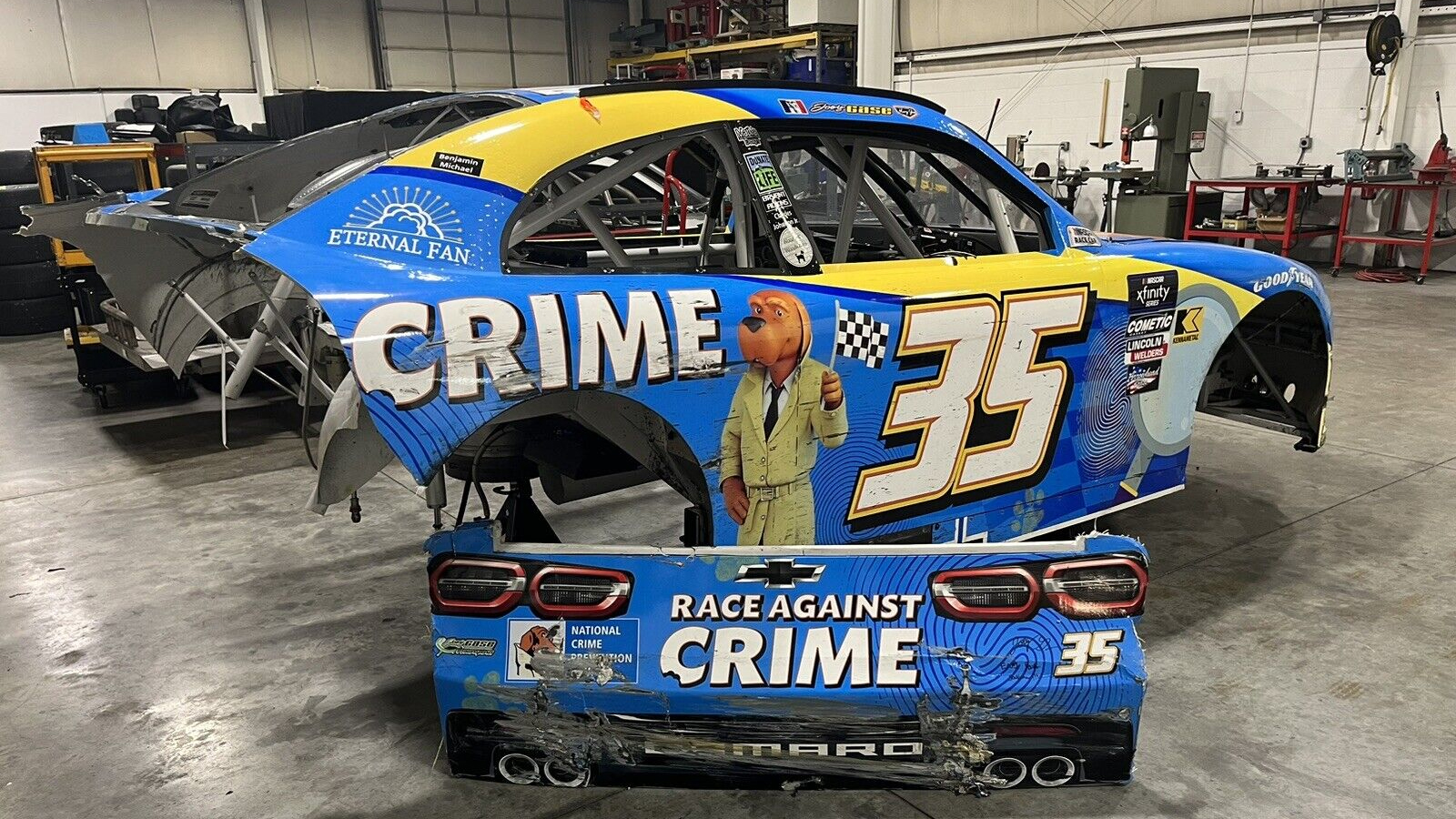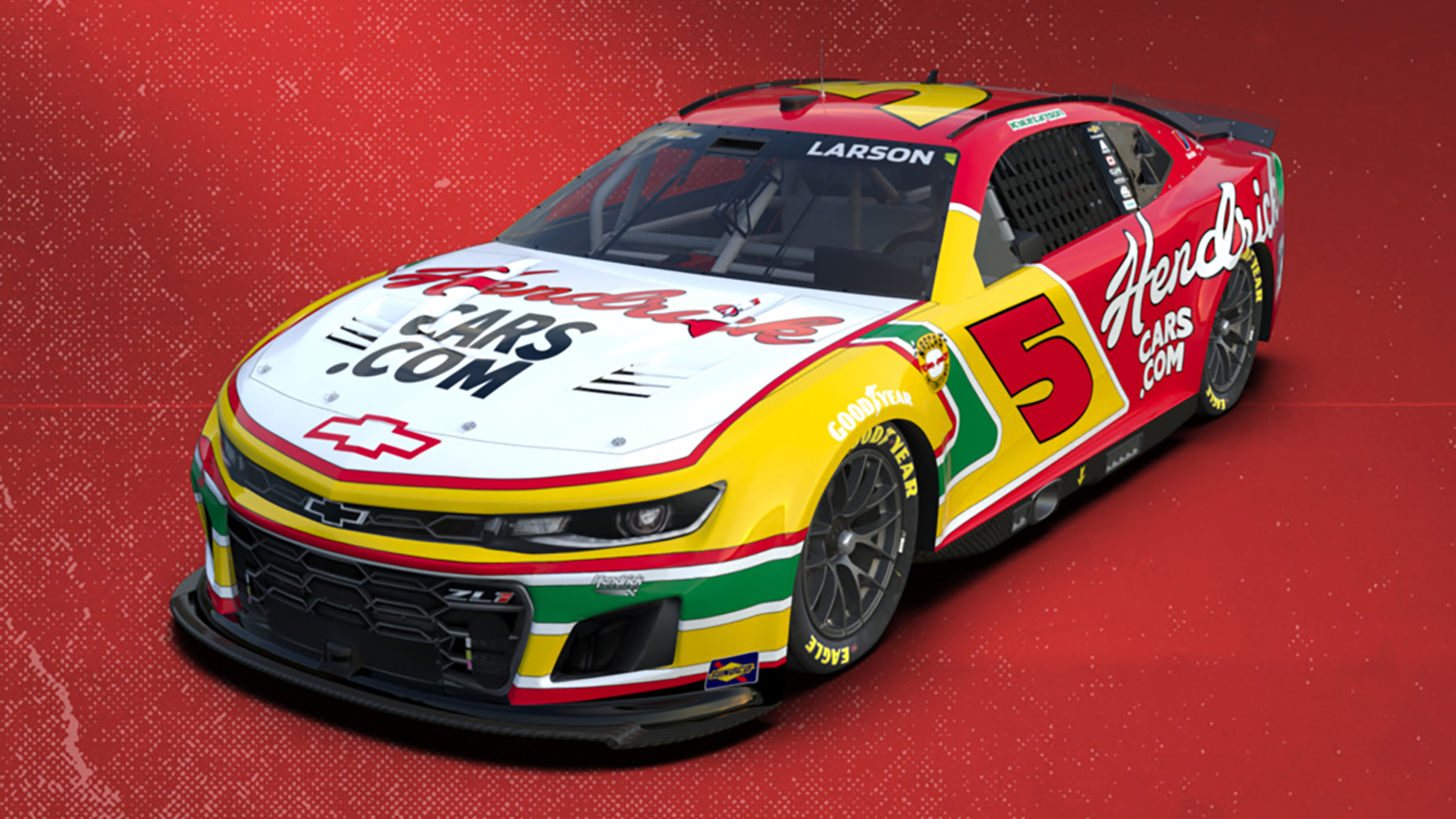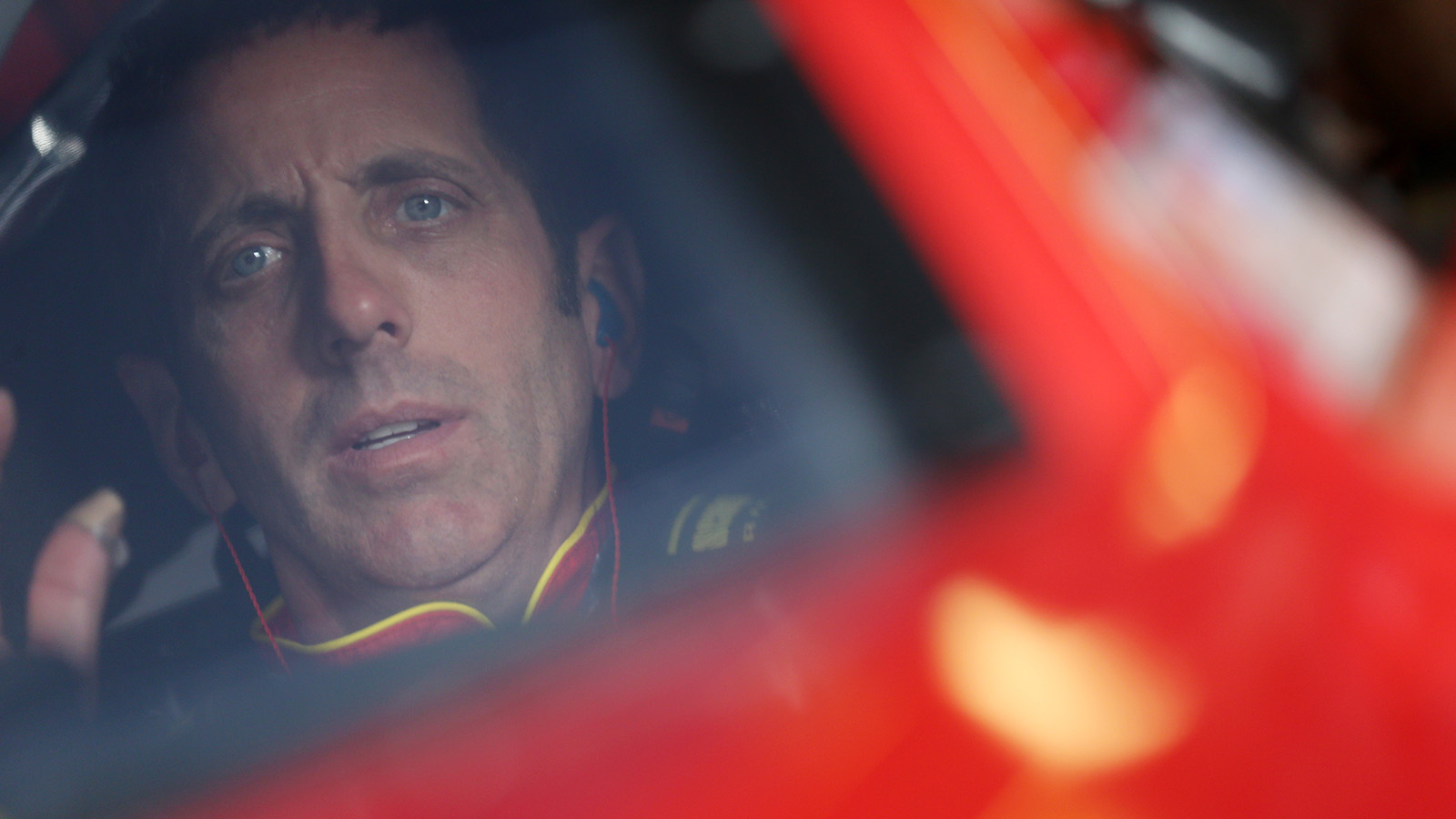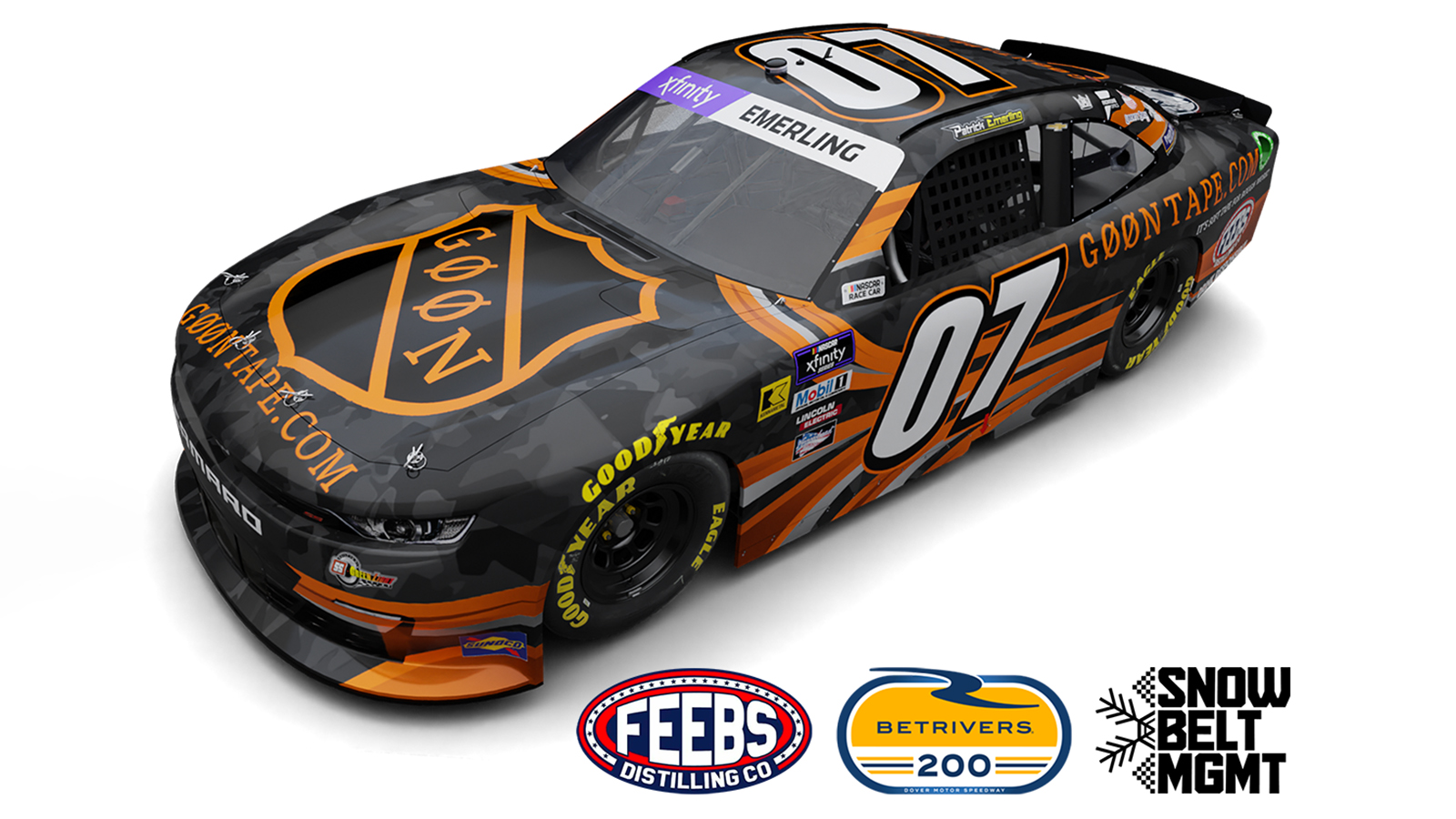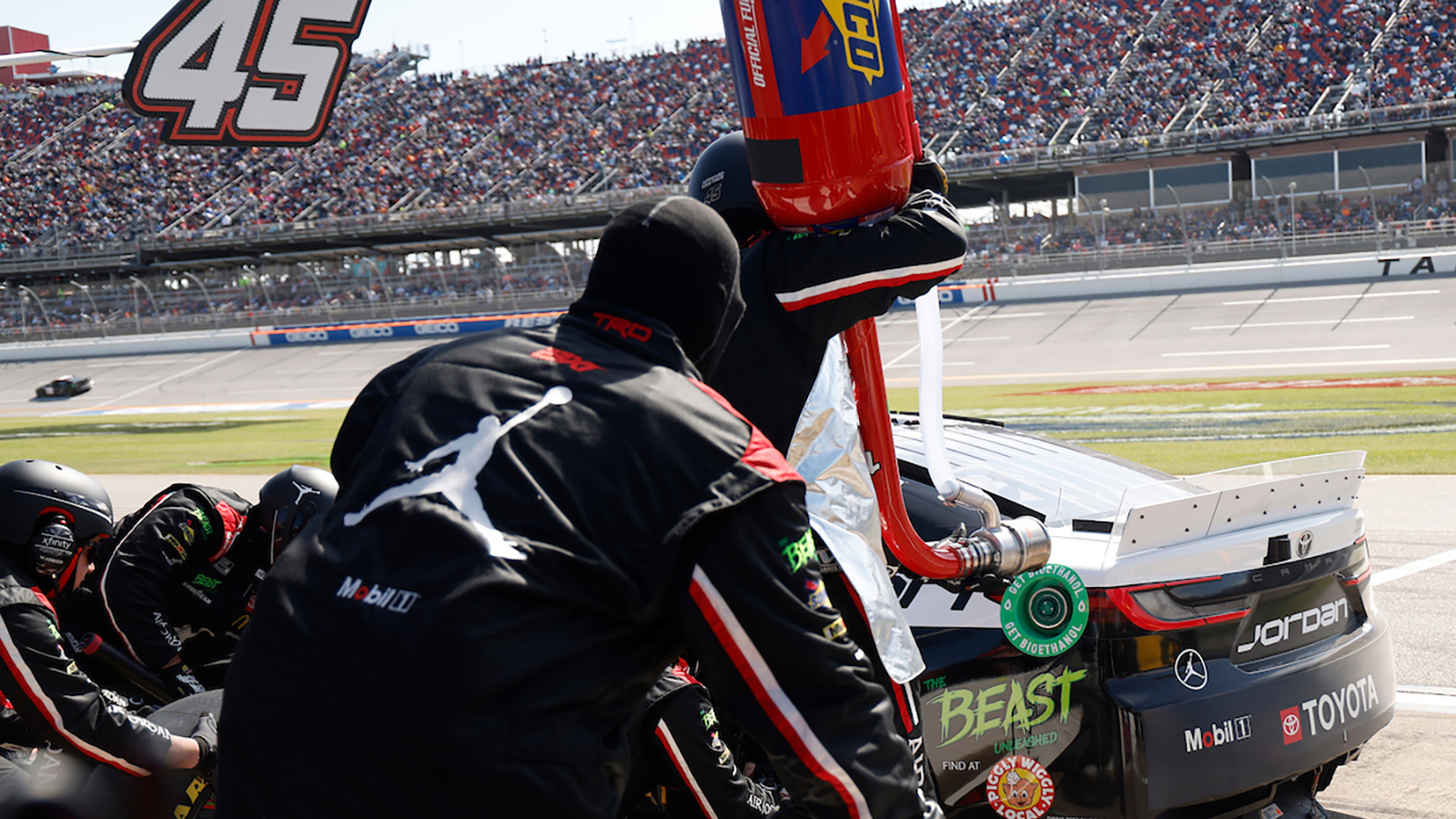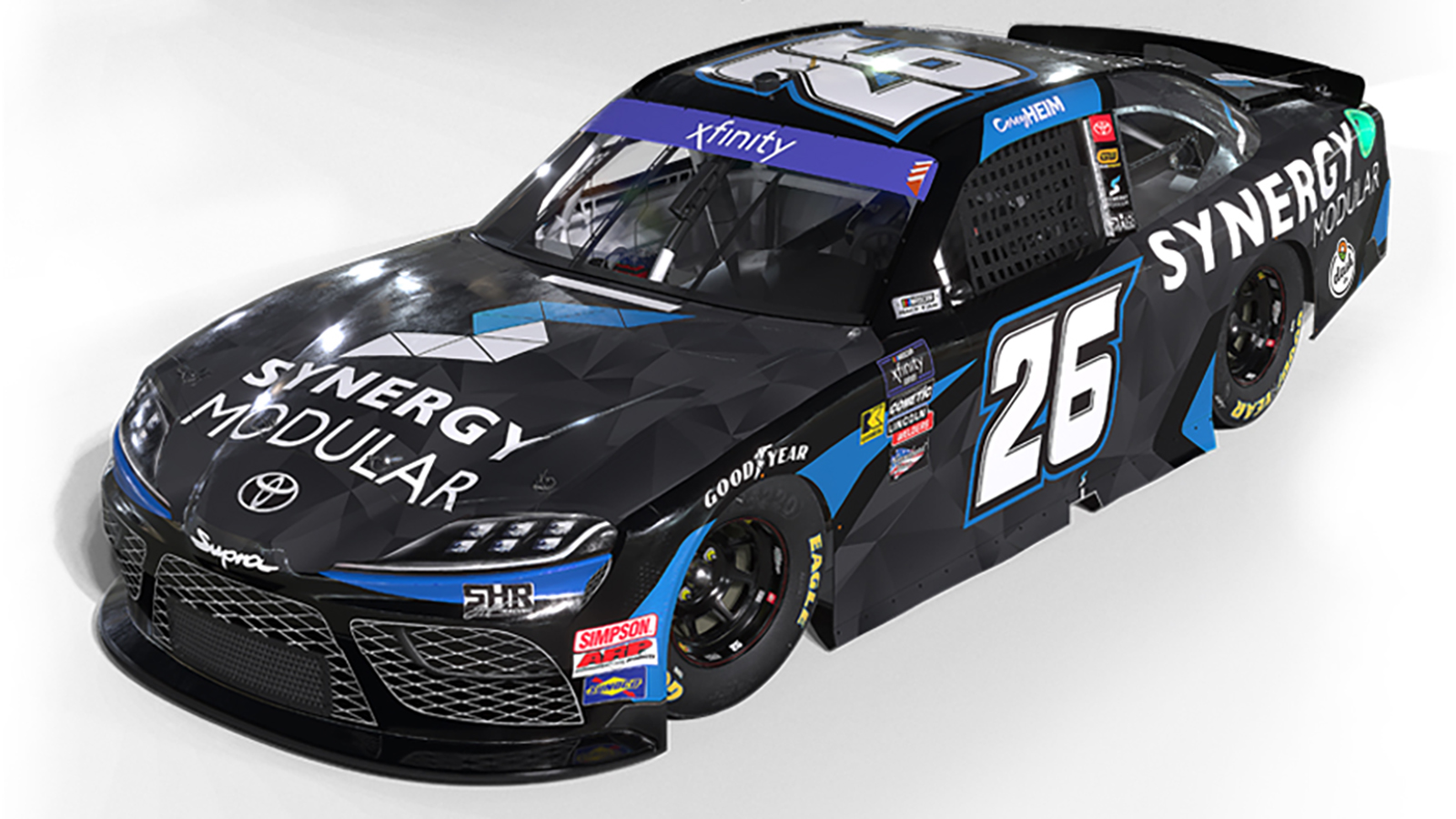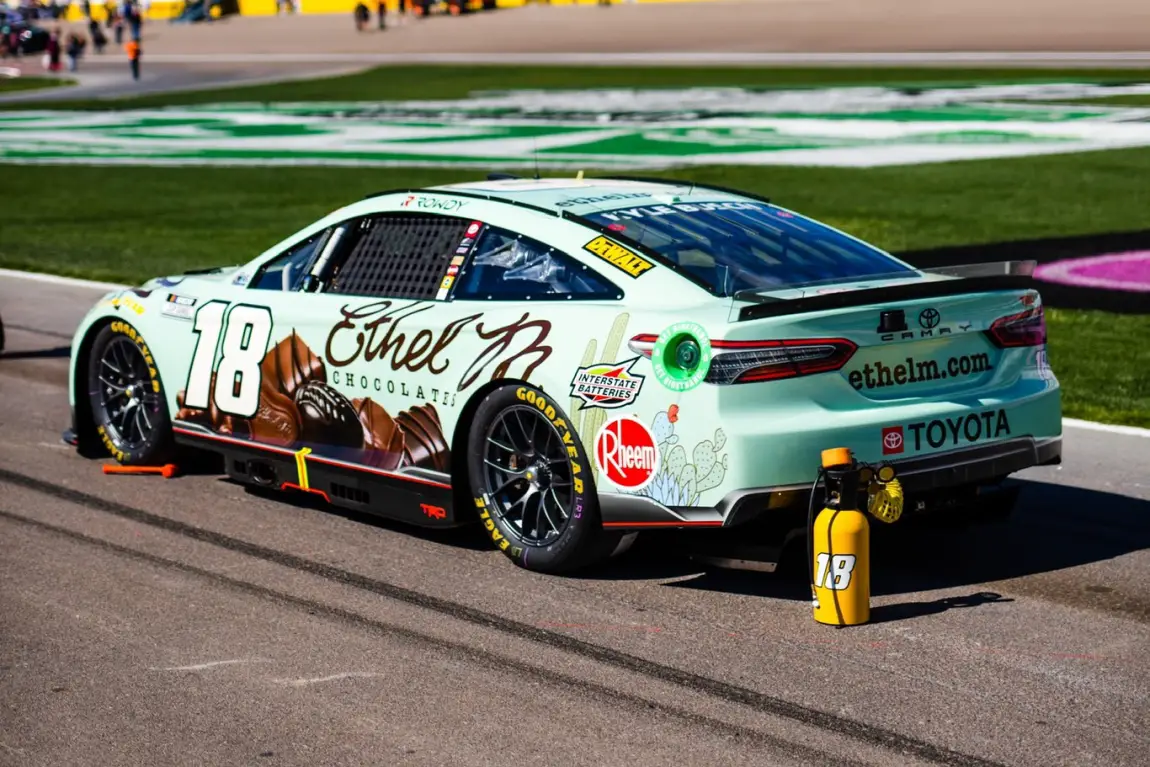
Kyle Busch and the No. 18 Joe Gibbs Racing team put in an incredible effort this past weekend in the Pennzoil 400 at Las Vegas Motor Speedway, as the team had to thrash to get his backup car built to be able to take the track on Sunday after Busch crashed his primary car on Saturday due to a flat tire in practice.
On Tuesday, Joe Gibbs Racing released a twitter video titled “Overtime” where their team member Matt Faulkner went through the process of everything that transpired over the weekend to get Busch’s backup car ready to race.
Faulkner says JGR bringing parts cars essentially as their backup cars is a planned cost savings measure for teams by NASCAR with the new Next Gen race car. Teams were spending far too much money on backup cars that were as race ready as the primary cars.
“Going back five years or so, we used to build 100% spec backup cars that were just as good as the primary cars,” Faulkner explained. “We could pull these cars out in about six minutes and have them on track and ready for practice. The downside to that, they were a huge expense. We would essentially take two cars to the track that cost just as much as each other and more often than not, not even pull the very expensive backup car out of the truck. This was a concern to NASCAR and the sport as a whole. A lot of the Next Gen car is to save teams money.”
While teams are allowed by NASCAR to bring as many backup cars as they would like — once they have enough inventory to do so — there are still factors in place designed to save teams money, which makes the backup car process lengthier than with the previous generations of car.
“For Next Gen, we are allowed to take certain things to the track as backup cars and not allowed to do certain things,” Faulkner said. “One big reason we are limited on backup cars right now is the general lack of inventory on parts. We can only take to the track what we have. Supply chain for Next Gen components is still young, so we’re still waiting on enough components to have a healthy supply of backup parts at the track, so, that’s one challenge we have.
“Second challenge is limitations by NASCAR. And in an effort to save money, we are not allowed to put engines in our backup cars. This saves engine providers money not having to bring as many engines to the track, which ultimately saves the teams money, not having to purchase as many engines. We are allowed to take as many backup cars to the track as we would like, but we specifically only take two among the four cars and this is due to inventory concerns.”
Faulkner continued by explaining that with JGR only being able to justify bringing two backup cars for their four race teams to share, the cars require more work as the team is not able to pre-wrap the car with the team’s sponsor for the weekend. They also aren’t able to install the driver-specific seat and pedals.
Those two things take an incredible amount of time and effort, as does installing an engine in the car and all of the other things that have to be done in order to transform a backup Next Gen chassis into a race ready car.
With so many things on the checklist, and a short time between practice, qualifying and the race, teams are in a rush to get the backup car turned around, which makes things a little sketchy for the first few laps of the race.
“When you prepare a backup car, it takes a lot of effort, there’s not a lot of time, there’s a lot of guys working on a single car in a tight space under a time crunch and it’s pretty risky that everything is assembled correctly,” Faulkner admitted.
Even in Busch’s case, not everything was assembled completely correctly, as on the opening pit stop of the day, something was wrong with his shifter. The car would only upshift, but Busch could not get it to downshift.
While this all feels crazy, the No. 18 team actually would have preferred to fix their original car, something you’ve seen happen decently often since the Next Gen car has been brought into play.
Unfortunately, in the practice crash, a part of the roof on Busch’s car broke, which forced the team to move to the backup car.
That being said, so long as the original car is able to be repaired, Faulkner says teams have started seeing that as a reasonable option when the primary car is crashed, which is something that never happened with the Gen 6 car.
“Reasons for this are a few. One reason is the Next Gen car has separate body panels that bolt and unbolt to the car. They’re not sheet metal anymore, they are a composite. You can remove one after a wreck in practice and put a new one on and maintain the shape of the car, whereas before with a sheet metal car that was very difficult,” Faulkner explained.
“You can also unbolt the front and rear clip of the chassis,” Faulkner added.
“If you remove the body panels from the front and the rear, and for the rear for example, like Kyle wrecked on Saturday, you could feasibly remove only the tail and then disconnect the propshaft and the transaxle and remove the entire rear clip from the car kind of that easily. With the old car that was impossible.”
While the Next Gen car is still in it’s very early stages, it is proving to without a doubt be a very durable and fixable car.
Additionally, cars being built in a hurry after the primary car is written off for the weekend, are proving to be just as quick as the primary cars. If the Next Gen truly does bring teams large amounts of savings in the long run, the car looks to be truly heading to being a homerun for the entire industry as the racing product in the opening few races of 2022 has been widely accepted as incredible.
Here is the full 7-minute “Overtime” video with Matt Faulkner of Joe Gibbs Racing:
Matt Faulkner explains how JGR teamed up to build a car from nearly the ground up after a crash in practice at Las Vegas. Matt discusses why the team had to start without an engine in the car, what was most difficult, and the hours it took to build a near race-winning machine. pic.twitter.com/92VpWVTFQY
— Joe Gibbs Racing (@JoeGibbsRacing) March 9, 2022
